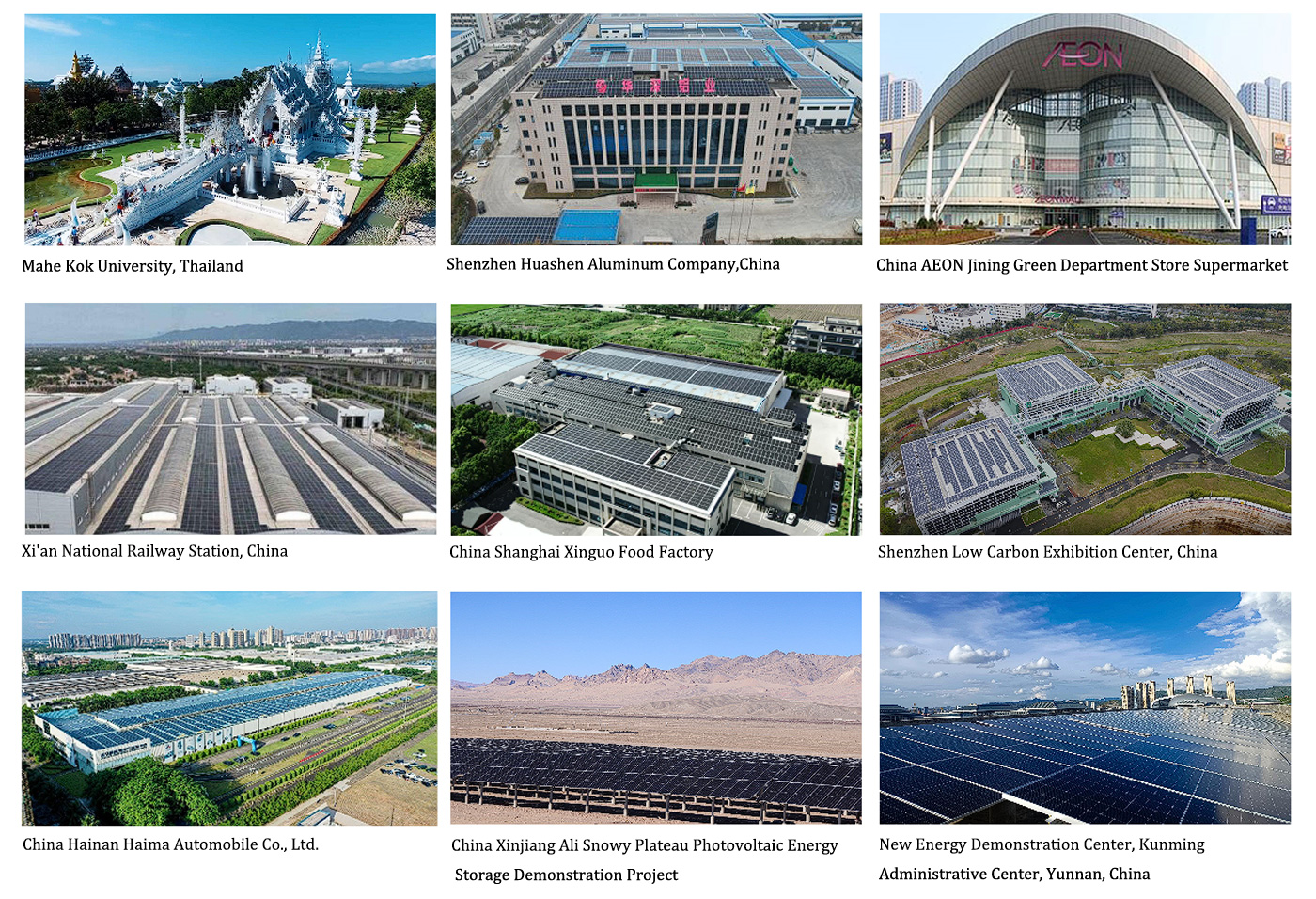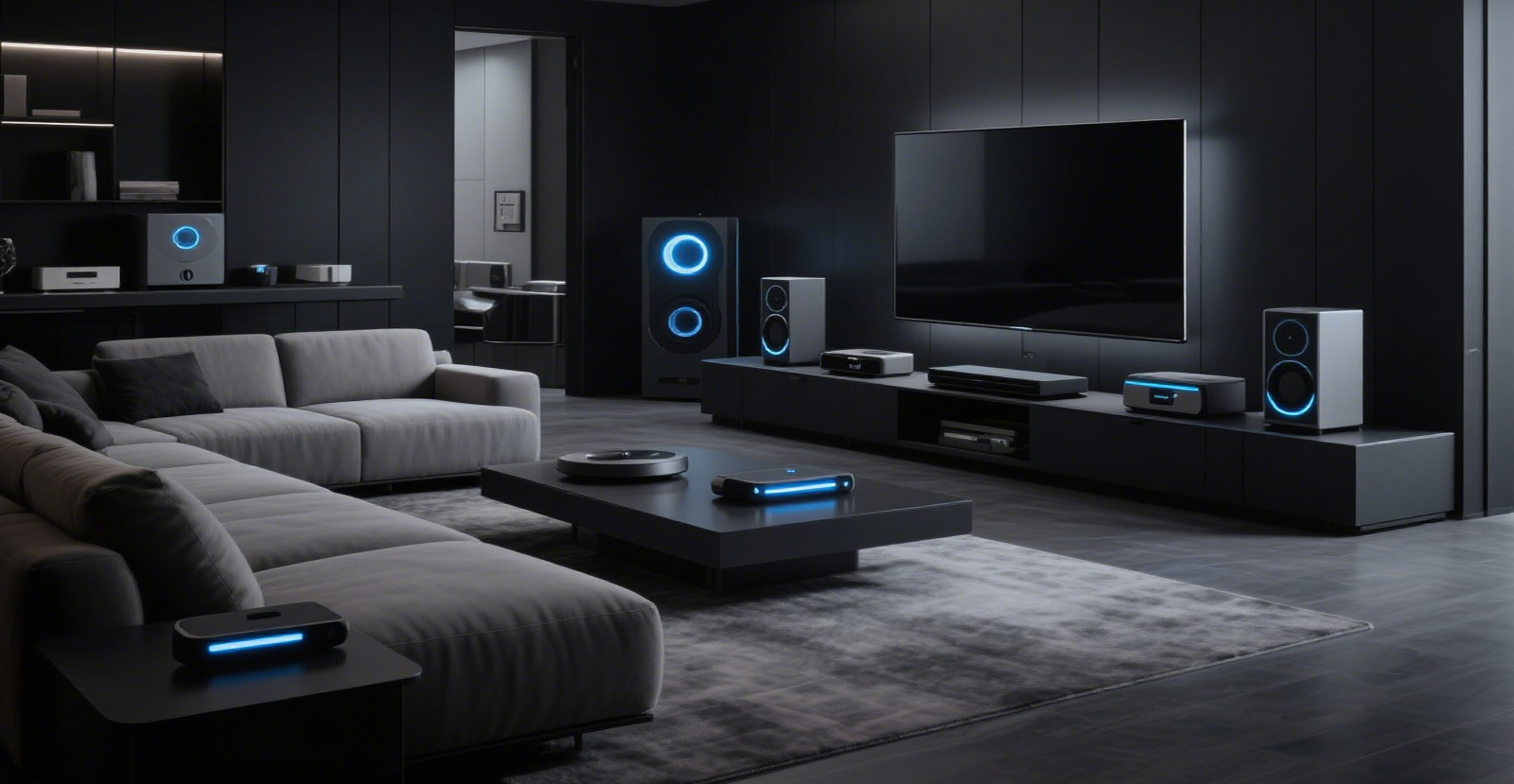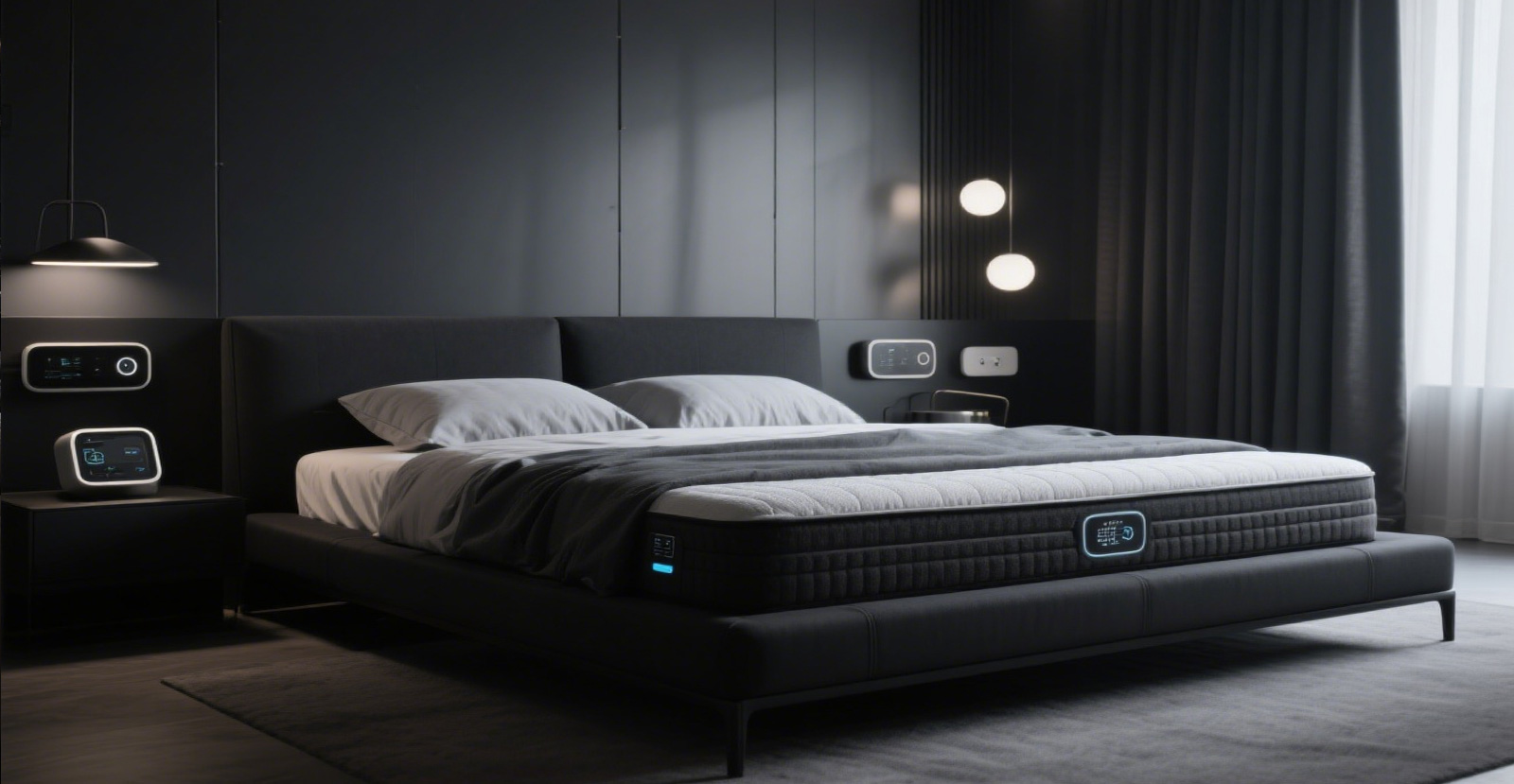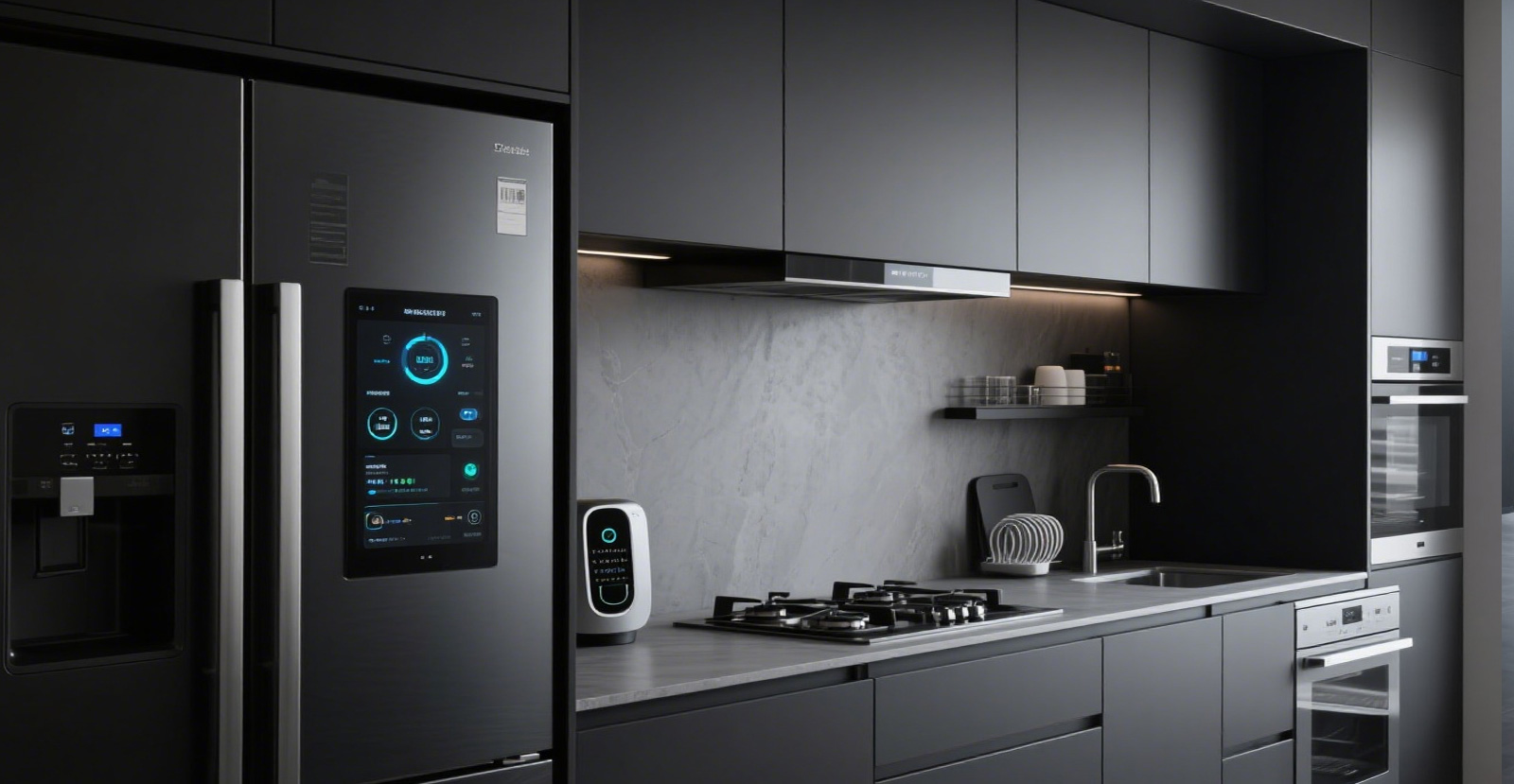Distributed New Energy System
1. Overview
(1) Overview: "Distributed new energy system" refers to an energy system model in which new energy power generation devices such as solar energy, wind energy, and biomass energy are dispersedly installed near users or at the end of the distribution network (such as residential roofs, industrial parks, rural areas, etc.), and directly connected to the low-voltage distribution network or the user side.
A. Distributed layout: Different from centralized large-scale power stations (such as desert photovoltaic bases and offshore wind farms), most of them are deployed in small and medium-sized scales (such as household photovoltaics and small wind power) close to the power load to achieve "nearby power generation and nearby consumption".
B. New energy type: mainly includes renewable energy such as solar energy (photovoltaic), wind energy (distributed wind power), biomass energy (biogas power generation), and ground source heat pumps, which are clean and low-carbon.
C. Flexible access to the grid: It can operate independently (such as off-grid microgrids) or be connected to the grid, and realize power conversion through power electronic equipment (such as inverters) to meet the needs of users for self-use or surplus power access to the grid.
2. Solution
A.Household Green Electricity:
B.Industrial and commercial green electricity:
One-stop energy management solution for all industrial and commercial scenarios, no transformer required, compatible with on-grid and off-grid operation. Intelligent harmonic suppression algorithm stabilizes power quality, efficient operation and maintenance throughout the life cycle. Covers five core scenarios: industrial manufacturing, low-carbon parks, logistics cold chain, small-scale agriculture, on-grid and off-grid applications.
3. Hardware Products
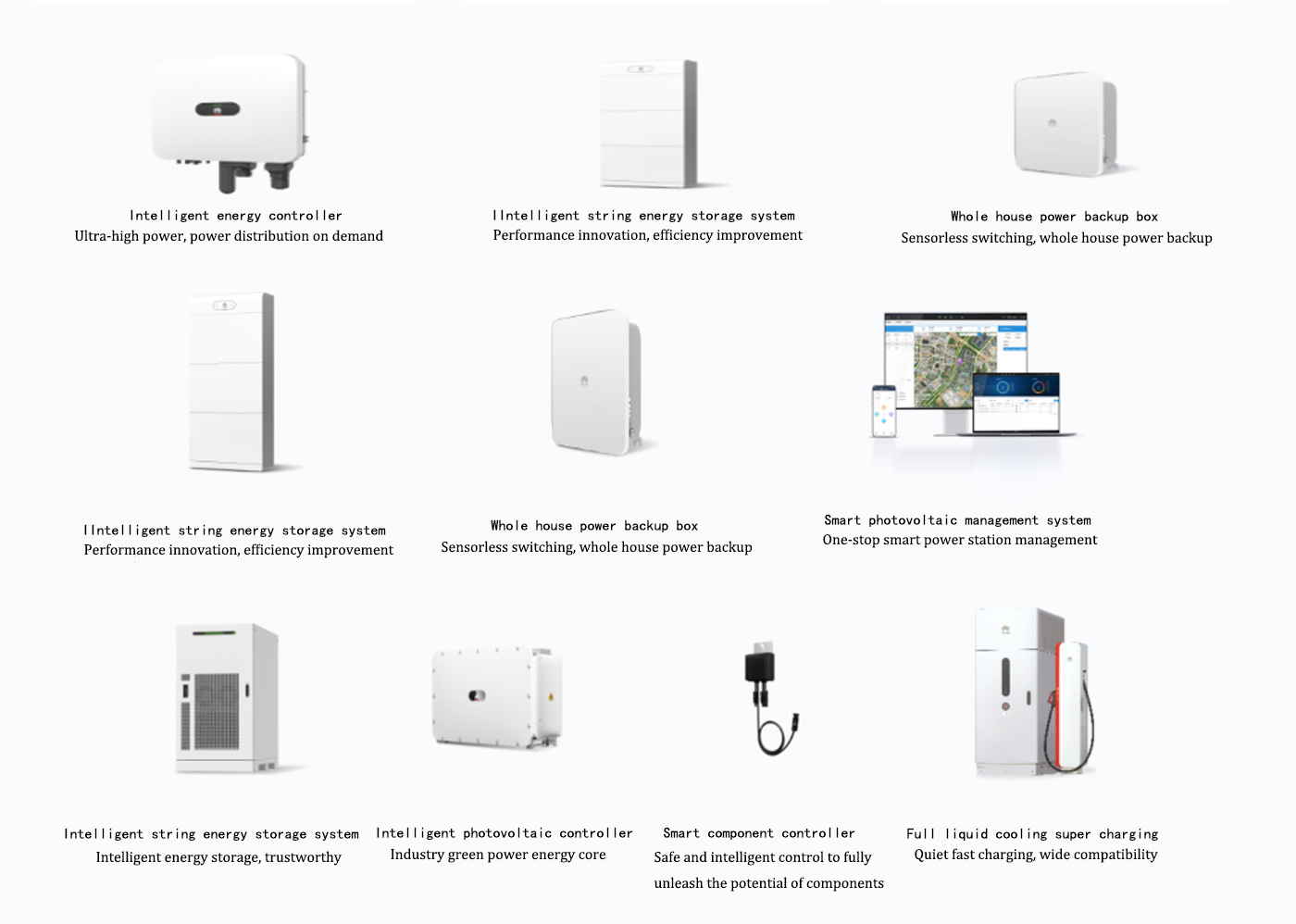
4. Successful Cases
A.Household Green Electricity Cases (5)





B.Industrial and commercial green electricity cases (8 cases)
